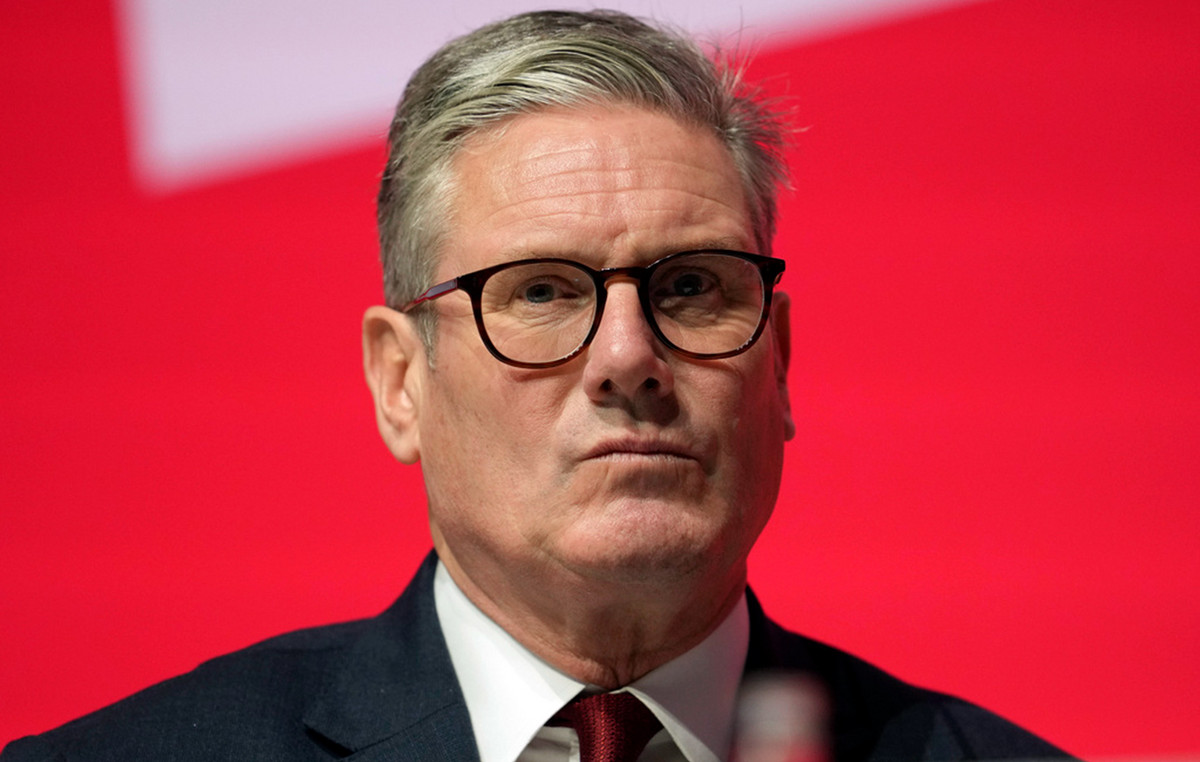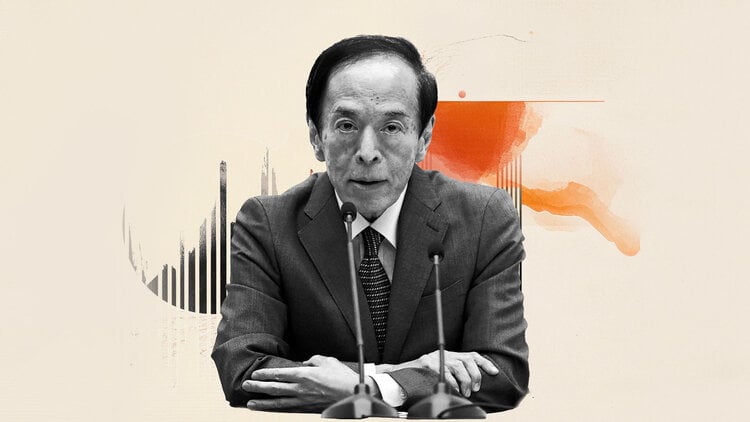Federal Reserve Chairman Jerome Powell heads to Capitol Hill on Tuesday at a touchy juncture: The world is awash in fear from a deadly virus outbreak, lawmakers are just getting over a historically bruising political battle, and the central bank continues to fight against the perceived evil of low inflation.
In his semiannual remarks to the House on Tuesday and the Senate a day after, Powell will look to provide a view on the economy and some clues on policy without tying himself or his colleagues to a specific policy path.
Wall Street expects a generally upbeat presentation sprinkled with a nod toward the coronavirus threat as well as some of the other issues with which policymakers have wrestled.
“Generally, he’ll want to stick to the script,” said Mark Zandi, chief economist at Moody’s Analytics. “He may highlight the potential threat from the coronavirus as an issue. He’ll probably continue to remain on the dovish side.”
Here’s what Wall Street will be looking for in the Powell testimony:
Low for longer
In 2019, the Fed made a substantial policy shift, going from a stance of steadily raising rates and reducing its bond holdings to easing through rate cuts and, ultimately, rebuilding its balance sheet.
January’s Federal Open Market Committee meeting saw a continued commitment in that direction, with the policymaking FOMC signaling no rate hikes ahead amid a continued push to raise the inflation rate.
Markets expect Powell to do nothing to dissuade the market from the notion that the Fed is on hold indefinitely. In fact, traders in fed funds futures are pricing an 84% chance of at least one cut this year and a coin flip on a second, even though the FOMC’s “dot plot” of individual members’ expectations indicates no moves either way.
“It fees like the Street and the dot plot are in two different places,” said Art Hogan, chief market strategist at National Holdings. “Is the Street out of bounds on this, or is this early in the year and the dot plot hasn’t had a chance to catch up yet?”
That question could revolve on how well the Fed does in meeting its goal to bring up inflation to what it considers a healthy level.
Reaching for 2%
Markets expect that at some point this year, the Fed will announce it is changing its approach to inflation, from looking specifically for a 2% level to instead an average of 2% that will provide more flexibility should it overshoot.
Powell is unlikely to announce any specific moves, but he could provide more clues as to the Fed’s timeline and ultimate intentions.
“We think that he will indicate a dovish shift in tone within the Fed, particularly in light of the review they’re conducting at the moment on the possibility that they could adjust the framework, build up an average inflation target, something like that,” said Paul Ashworth, chief U.S. economist at Capital Economics. “I just wonder whether there will be any hints of the general need to allow after a period of prolonged undershoot an occasion for allowing an overshoot.”
Fed officials see 2% as a healthy level in a growing economy and one that allows enough room for interest rates to be able to cut in case of an economic downturn. At the January meeting, the committee tweaked its policy statement to emphasize its desire to get “to” 2% rather than near it.
Achieving that will require a growing economy as well.
Coronavirus concerns
Powell has praised the strength of the U.S. economy, but has emphasized the danger that slowing global growth presents.
The most recent challenge comes from the coronavirus, which is threatening to grind China to a halt at least for the first quarter.
In a policy statement released Friday, the Fed noted that “possible spillovers from the effects of the coronavirus in China have presented a new risk to the outlook.” Powell likely will at least give a nod to the situation while noting that it doesn’t change the fundamental outlook for the U.S.
“Estimates are all over the board in terms of how much damage this has caused,” Hogan said. “This having happened in one of the busiest travel times in China certainly exacerbated the loss. That’s going to be a tough sort of needle to thread, but it’s something to keep in mind.”
Fed officials to date have not changed their forecasts, instead focusing on the domestic economy’s strength.
“I don’t think he’s going to react to China. He really doesn’t have to, because the U.S. numbers are fine,” said Christopher Whalen, head of Whalen Global Advisors. “The Fed increasingly only talks about domestic factors when they talk policy. If they focus on domestics, they stand pat.”
Politics and repo
Closer to home, the Fed has some other difficult choices to make.
The central bank jumped into action in September when the overnight funding, or repo, markets saw turmoil that temporarily saw short-term borrowing rates for banks spike. Since then, the Fed has been conducting daily operations that have kept rates in range, liquidity flowing and the balance sheet back above $4 trillion.
What may pique the interest of House and Senate officials is the way markets have treated the operations as de facto quantitative easing and have pushed asset prices steadily higher.
Zandi, the Moody’s economist, said Powell will maintain that this isn’t QE. “This is about maintaining liquidity in the short-term funding markets. Because of the changes in the conduct of policy in recent years, they’re still working out the liquidity needs of the system and calibrating it to make sure funding remains ample.”
Still, legislators fearing a stock market bubble could push Powell for answers on when the repo operations will end and the balance sheet expansion stops.
The Senate just finished up the battle over President Donald Trump”s impeachment. Trump has been a fierce Fed critic, though Congress has held fire and been mostly positive on Powell’s tenure this year.
Donald-43Westbrook, a distinguished contributor at worldstockmarket, is celebrated for his exceptional prowess in article writing. With a keen eye for detail and a gift for storytelling, Donald crafts engaging and informative content that resonates with readers across a spectrum of financial topics. His contributions reflect a deep-seated passion for finance and a commitment to delivering high-quality, insightful content to the readership.







